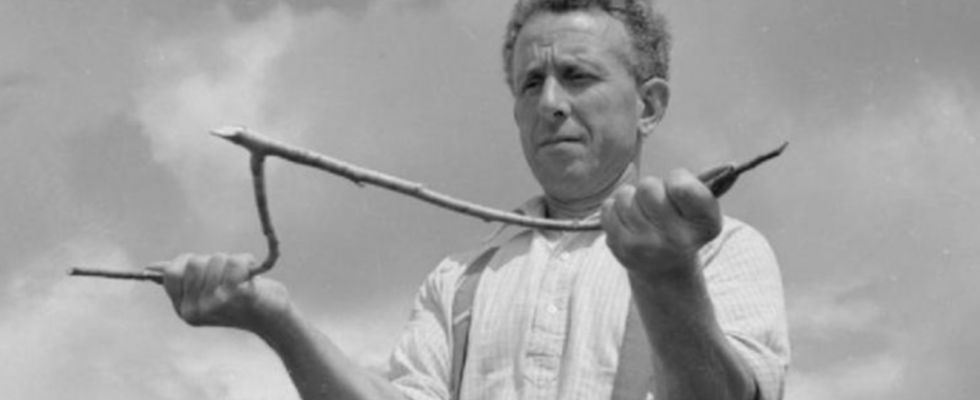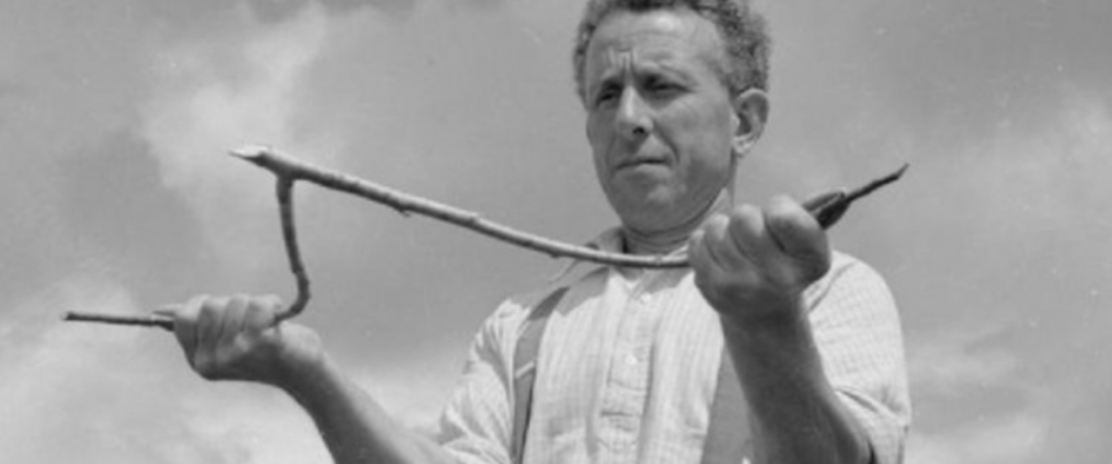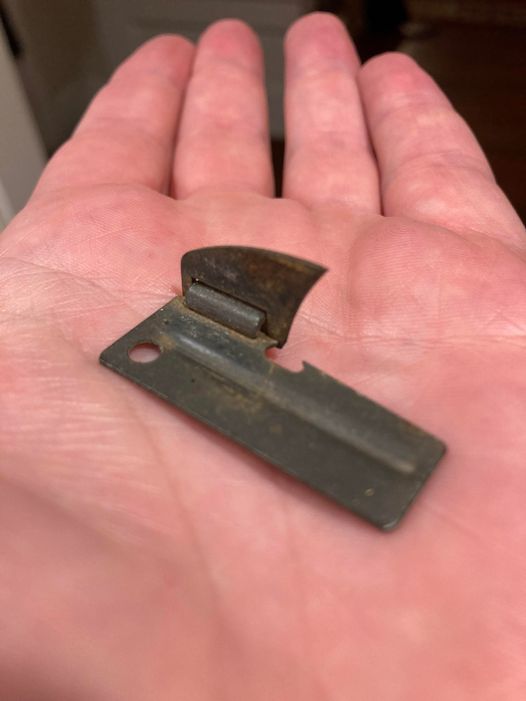We were completely puzzled when we stumbled upon this intriguing picture. What could this peculiar-looking branch possibly be used for? As the image made its way through the All Cute offices, we couldn’t help but speculate on its potential uses.
After a day of contemplation, we finally got our answer. This branch has been used for a specific practice since the 1500s, known as “Water Dowsing.” You may have heard of it referred to by other names such as “diviner,” “doodlebug,” “well witch,” or “water-finder.”
So what exactly is Water Dowsing? Well, it’s an age-old technique that was believed to help locate water sources. While it may sound like an old wives’ tale, it was once a widely practiced method.
The process involves holding the Y-shaped branch with palms facing upward and the stem angled 45 degrees towards the ground. The person using the tool would move back and forth while looking for the bottom of the Y to spin towards the ground. According to legend, the vibrations at the bottom of the Y would indicate the presence of water beneath the surface.
Now you might be wondering how this practice came to be. In the 1500s, dowsing was initially used to find metals in the ground. However, over time, it became a popular method for homeowners in rural areas to locate water sources. The idea was that drilling for water in the wrong place could be an expensive and time-consuming process. Water dowsing provided a quicker and more cost-effective alternative.
While modern technology has proven that most of the Earth’s surface is indeed covered in water, some water drilling companies still occasionally use the water-dowsing method as an additional precaution before drilling.
So, congratulations if you already knew about this ancient tool! Feel free to challenge your friends and see if they can guess its purpose. It’s always fascinating to uncover these interesting pieces of history.





